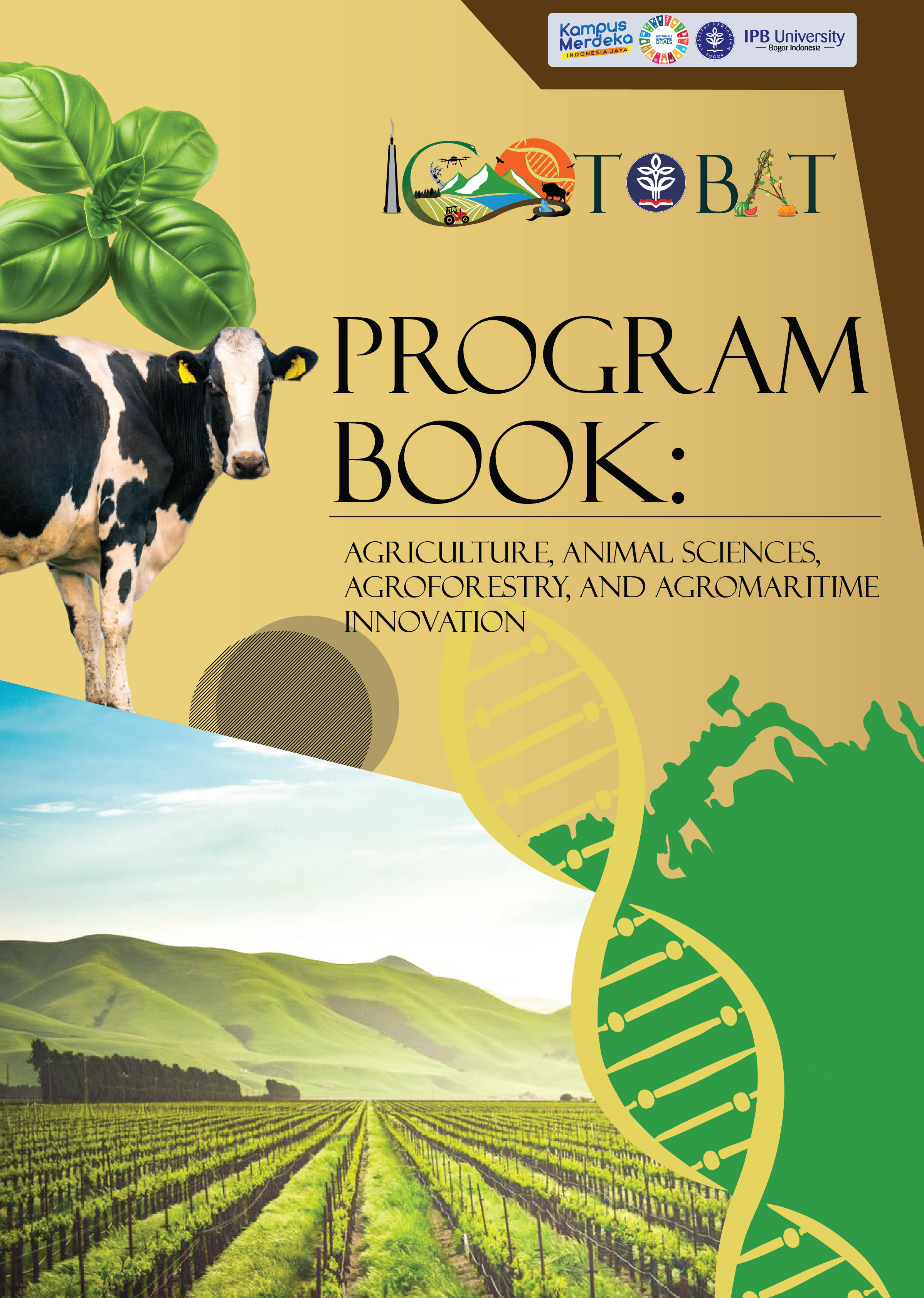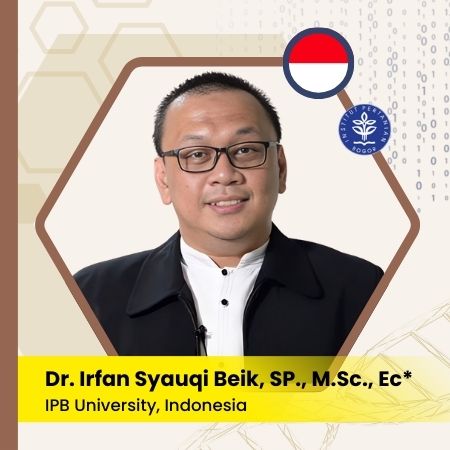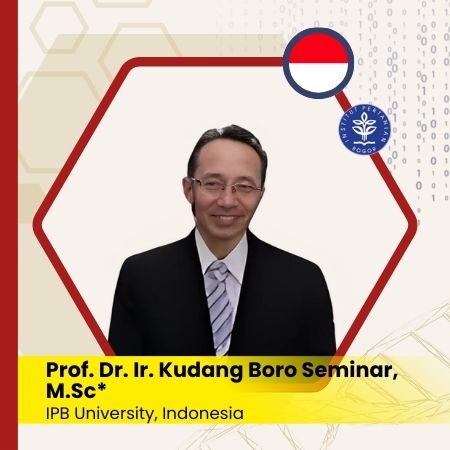Unlocking the Potential: Optimizing Bioethanol Production from Sago Palm (Metroxylon spp.) in Sorong Through Tailored Hydrolysis and Fermentation Conditions
Keywords:
sago palm, bioethanol, enzyme, Sorong, Saccharomyces cerevisiaeAbstract
For many years, a large amount of sago palm has gone to waste since it is not properly utilized. People consume sago starch daily. Sago starch can be utilized as a raw material to produce renewable energy like bioethanol. The primary goal of this research was to investigate the optimization of enzyme application to hydrolyze Sorong sago starch, as well as the water-starch ratio in bioethanol fermentation. The second goal was to ensure the type of sago starch that could be utilized to generate bioethanol, allowing sago palm farmers in Sorong District, Indonesia, to produce sago palm more intensively. Bioethanol was produced by fermenting liquid sugar with yeast (Saccharomyces cerevisiae). Iwarwo sago starch was utilised in this study. The experimental design for this investigation was randomized. Each treatment was done twice, for a total of 54 experimental units. After 72 hours of fermentation, the combination of sago starch and water by comparison 1:5, 1 mL of α-amylase enzyme per kg, and 1.2 mL of glucoamylase enzyme per kg produced the highest ethanol output accounting for 10.93%. More study on the combination of α-amylase and glucoamylase enzymes used to process different types of sago starch can be a good first step. Additional research is needed to estimate the amount of sago starch that can be made into bioethanol.





























